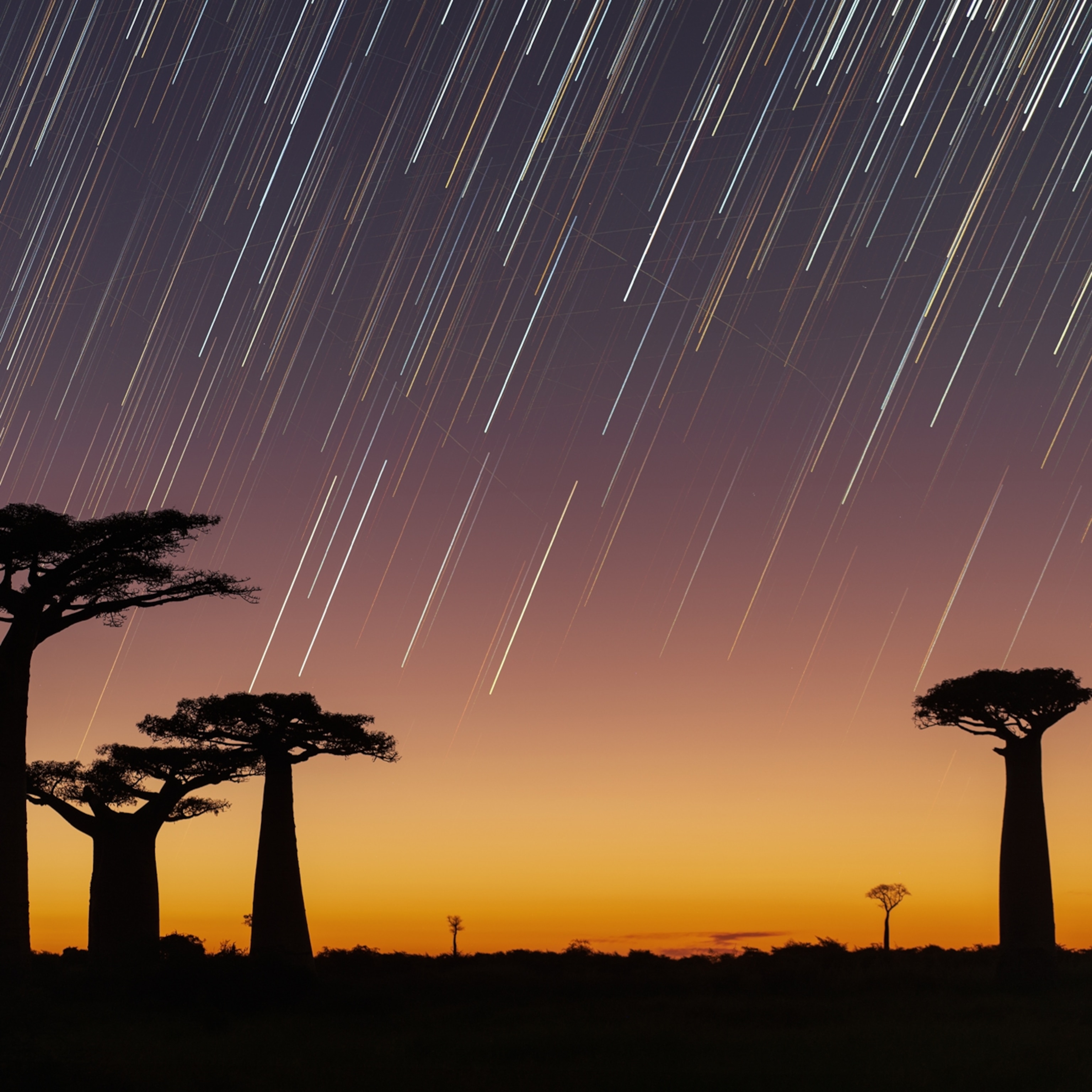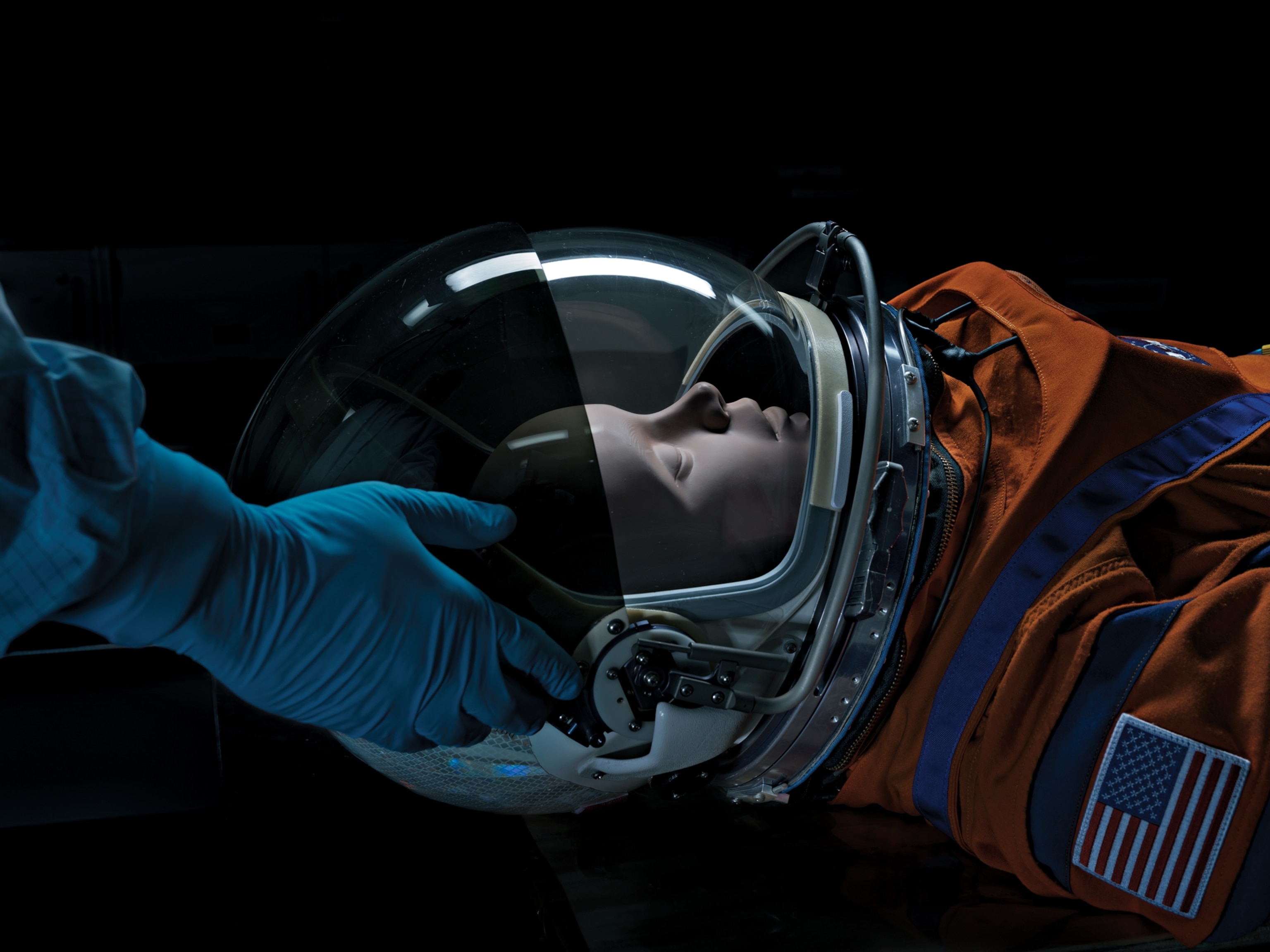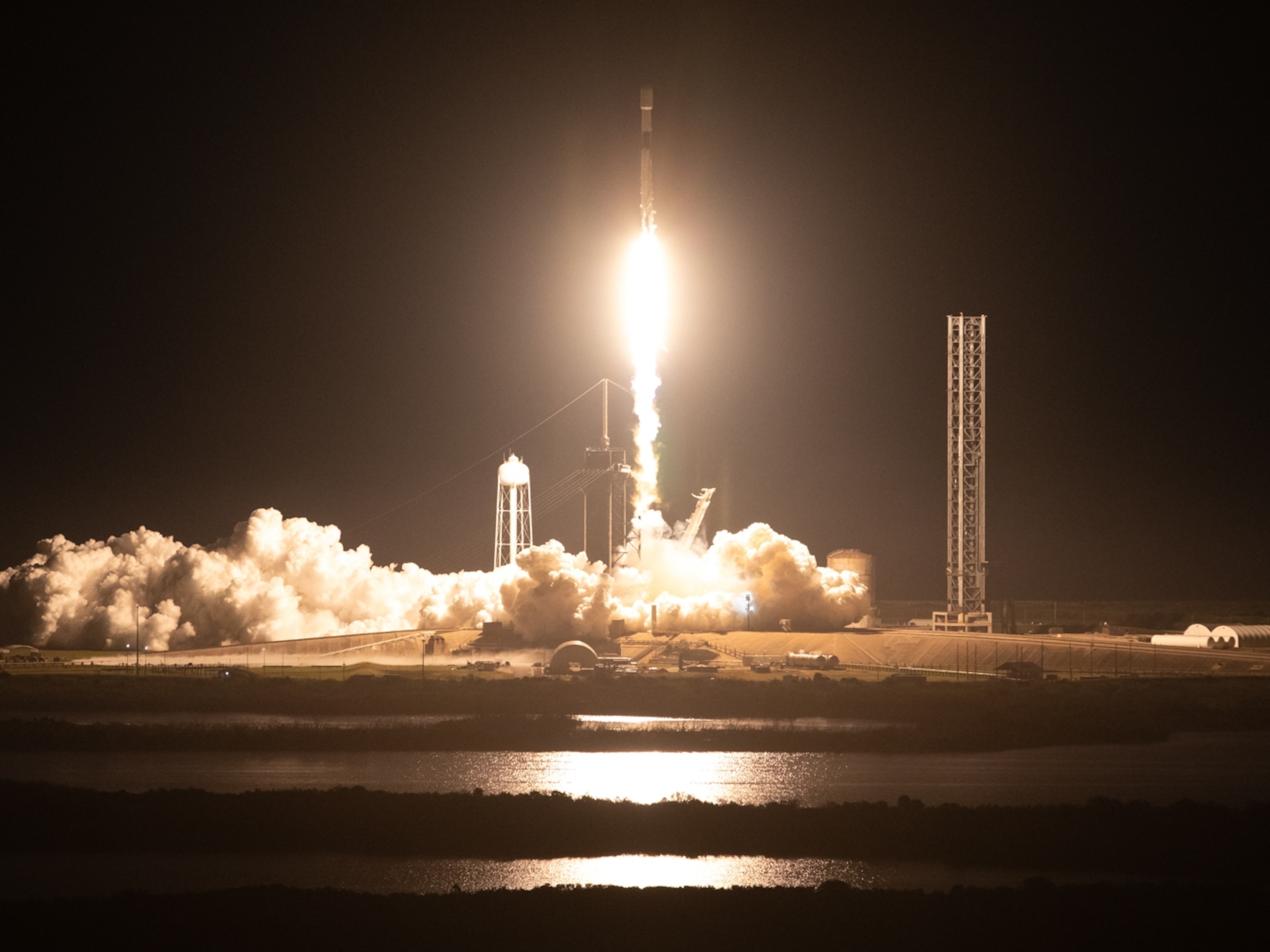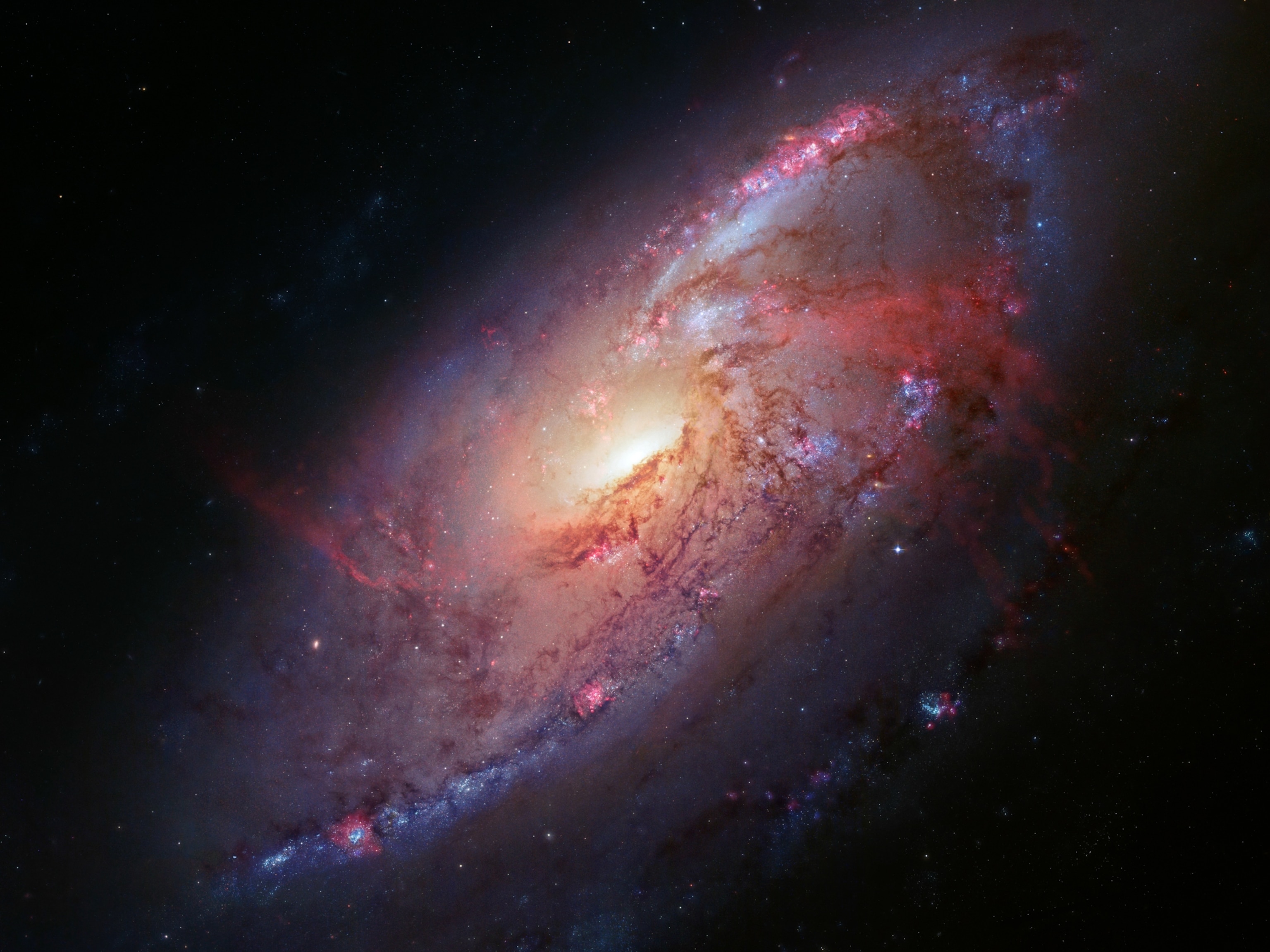The spacecraft that changed how I see the universe
Since 2008, the Fermi Gamma-ray Space Telescope has captured cosmic wonders that would otherwise be hidden from human eyes.

In the summers of my childhood, I spent time in upstate New York at my grandparents’ lakeside home, far from the polluting light of big cities. At night, I would pull a blanket from my bed and drag it down the pine needle–covered path from the house to the boat dock. Stretched out there, I would gaze at the star-filled sky for as long as the grown-ups allowed. I didn’t have words for what I was feeling: the pull of the cosmos, beautiful and awe-inspiring.
Fast-forward more than a decade to summer 2002, when I first learned of astronomy in the extreme, energetic and exciting. I was a summer intern at the University of Chicago, an institution known for its physics pioneers. Among them: Enrico Fermi, who spent the last years of his life and career there.
At UChicago, I rehabbed equipment designed to detect cosmic rays, the high-energy protons and other nuclei that bombard us from space. I learned of gamma rays—the most energetic form of light—and how detecting them takes creativity, innovation, and observatories lofted into space. I was hooked. Six years later, just such an observatory launched from Florida atop a Delta II rocket and into orbit around Earth. Named for Fermi, it’s become my favorite spacecraft.
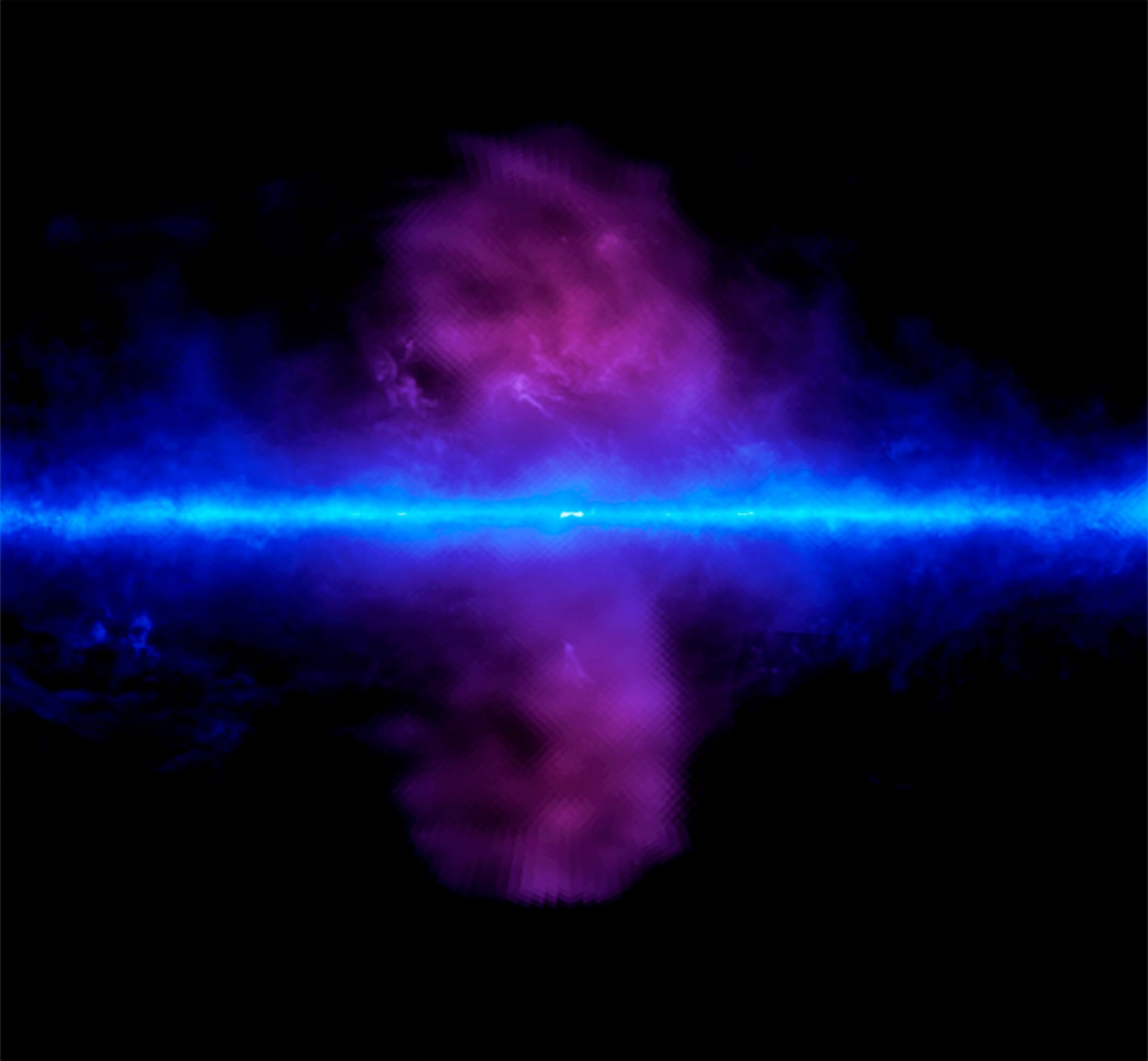
The Fermi Gamma-ray Space Telescope has shown me a universe I could never have dreamed, a brilliant, violent realm buzzing with beauty and movement. Fermi sees a cosmos so different from what my eyes capture—a stunning departure from the visible light emitted by the screen in my hand and the screen on my wall and the screen on my desk.
Each bit of gamma-ray light Fermi captures holds thousands to billions of times more energy than the light human eyes can see. Those gamma rays contain the secrets of the most remarkable things in the universe: spiraling matter feeding black holes and the leftovers of massive, exploded stars. These events and motions spew light with so much energy that few phenomena on Earth can replicate it. It’s foreign to humans, to everything we can see and touch.
Scientists sent Fermi into space with two instruments to capture these gamma rays. Their target for the mission was five years; their optimistic goal, a decade. As of this month, Fermi has spent 13 years revealing celestial explosions and collisions.

One of Fermi’s serendipitous discoveries was made within its first year aloft. The telescope spied two enormous gamma-ray bubbles, orbs of charged particles that our Milky Way has been blowing from its center for millions of years. The massive structures, each extending 25,000 light-years tall, likely tell the tale of some cataclysmic activity long ago. But their specific cause remains a mystery.
Another Fermi discovery answered a century-old question about the sources of cosmic rays. In August 1912, in a hot-air balloon more than three miles aboveground, physicist Victor Hess became the first to detect cosmic ray particles—a feat for which he shared a Nobel Prize. Yet after decades more work, neither Hess nor others had determined the cause of cosmic rays. These particles are electrically charged, and thus they’re deflected by galaxies’ magnetic fields. Their paths are random and confused.
Enter Fermi’s impressive gaze. The events that spawn cosmic rays also create distinct gamma rays. Fermi’s eyes led us straight back to the sites of former stellar explosions and the cause of cosmic rays. This detection confirmed suspicions that these exploding stars and their turbulent environs can accelerate protons and other atomic nuclei—making cosmic rays.
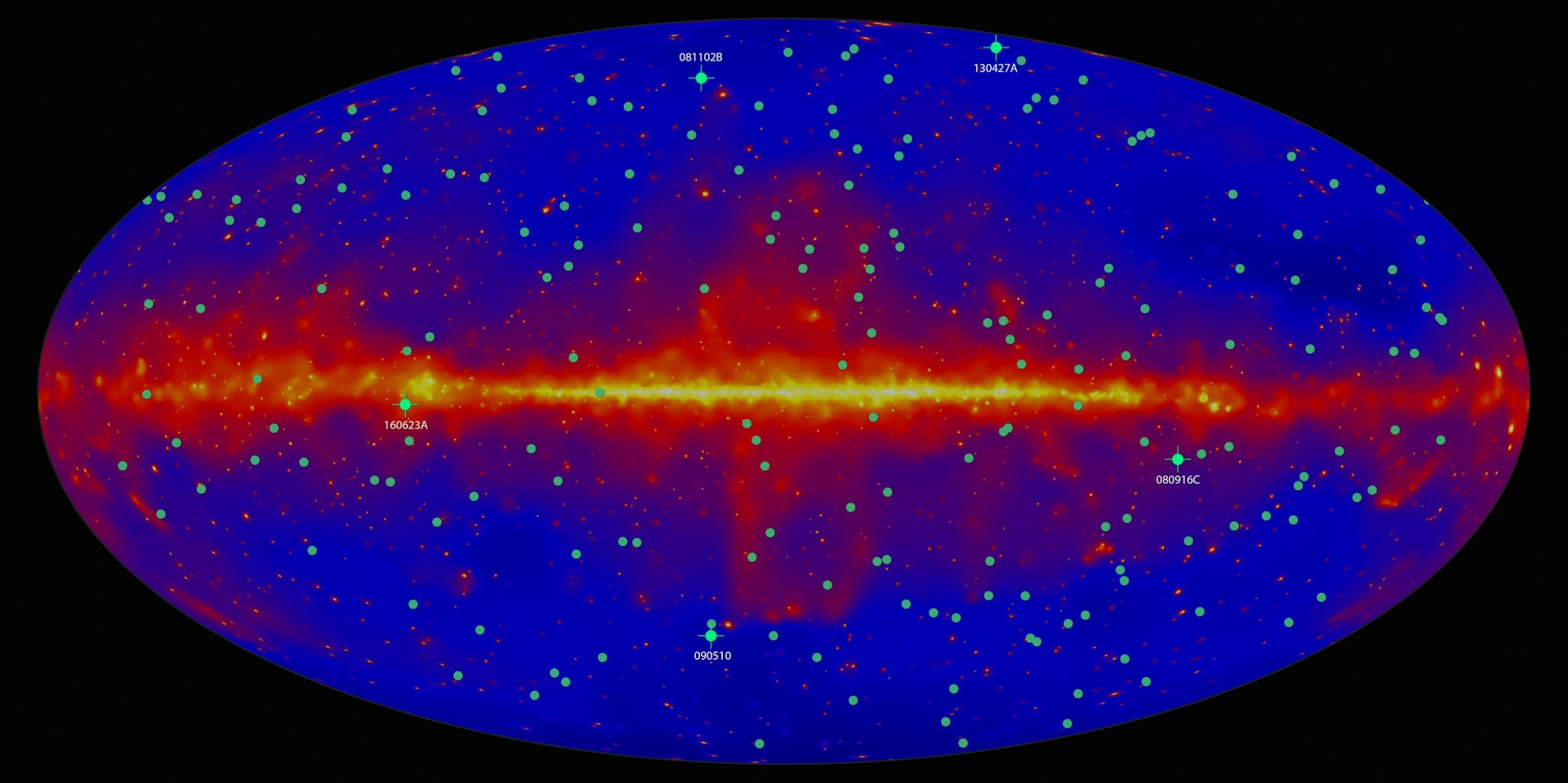
The light Fermi sees is so energetic that traditional optics don’t—can’t—apply. This observatory doesn’t use reflective mirrors, like the James Webb Space Telescope that will launch later this year, or refracting lenses that bend and focus incoming radiation. Instead, it is a particle detector orbiting Earth: Its main instrument is a tungsten-silicon tiramisu about the size of a large garden shed.
The Large Area Telescope (LAT), Fermi’s workhorse instrument, looks at about a fifth of the night sky at a time and pinpoints a gamma-ray source to an area the size of a grain of sand held at arm’s length. With it, Fermi has mapped thousands of objects emitting gamma rays, from the extreme environs around black holes to stars’ explosive demises.
As gamma rays pass through the LAT’s tungsten layers, the material coerces some to split into an electron and its antimatter counterpart, a positron. Alternating layers of silicon track those charged daughter particles as they pass through; at the LAT’s base, a third component absorbs these particles and measures their energies. In just seconds, Fermi’s computer puts all that information together to reconstruct a gamma ray’s energy and direction—which tells us where that light came from.
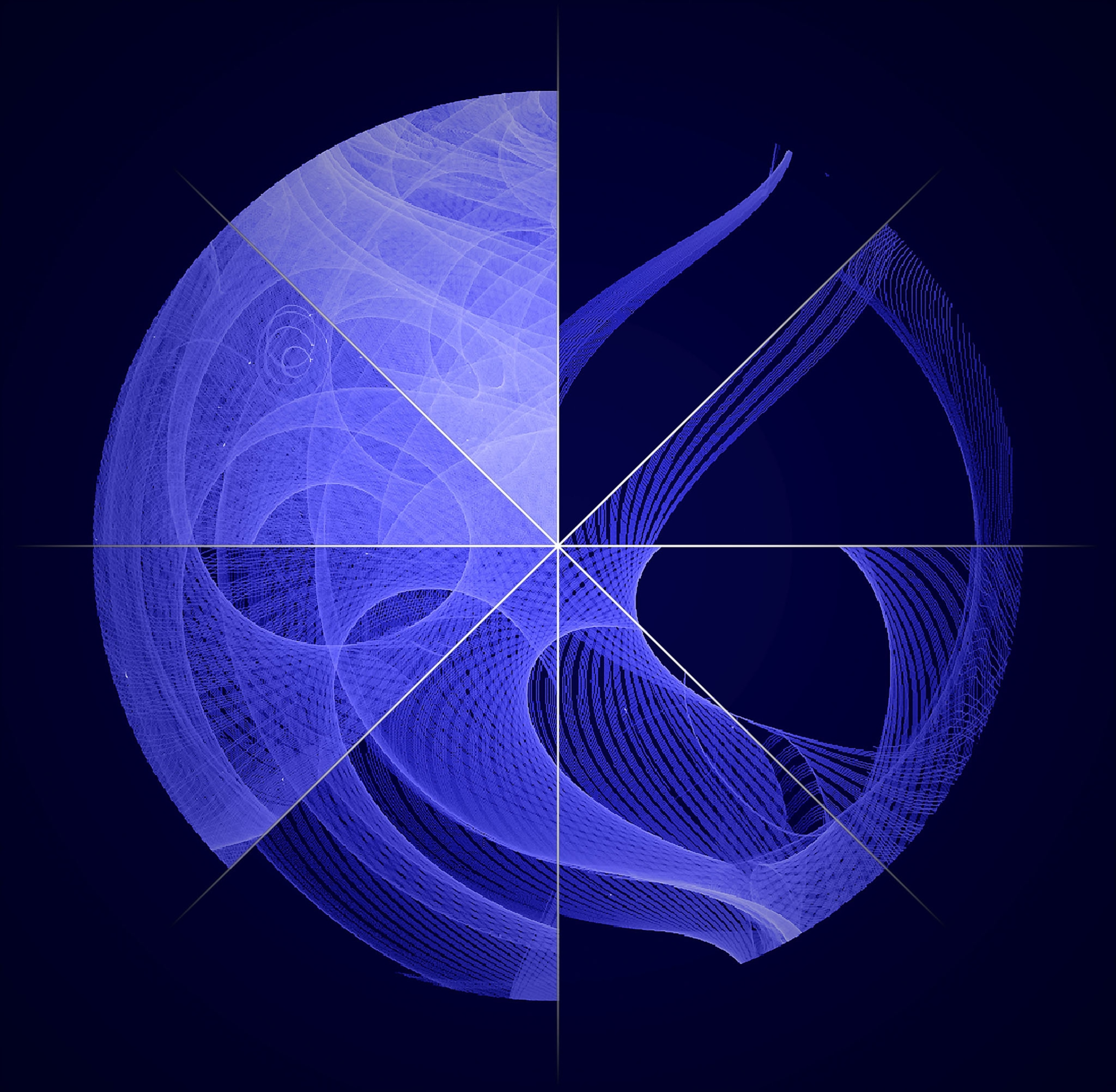
Meanwhile, Fermi’s other instrument, 14 smaller particle detectors working in unison, senses the whole sky (except for where Earth blocks the view) on the hunt for distant flashes called gamma-ray bursts. If two or more of the detectors on this instrument—the Gamma-ray Burst Monitor (GBM)—sense one such spike of gamma rays, Fermi’s computer systems can alert astronomers back on Earth to the fireworks.
This all-sky ability is what makes Fermi indispensable. It was made to scour a sky that never rests, to witness stars’ deaths and the massive shock waves that energize the universe’s particles. And that immense visibility also has connected astronomers to another type of signal—one that wasn’t part of Fermi’s original plan because none had yet been seen.
Fermi’s greatest feat to date came nearly a decade after it launched, once astronomers employed another type of detector: giant land-based facilities that could feel gravitational waves, or ripples in space-time itself.
Fermi Facts
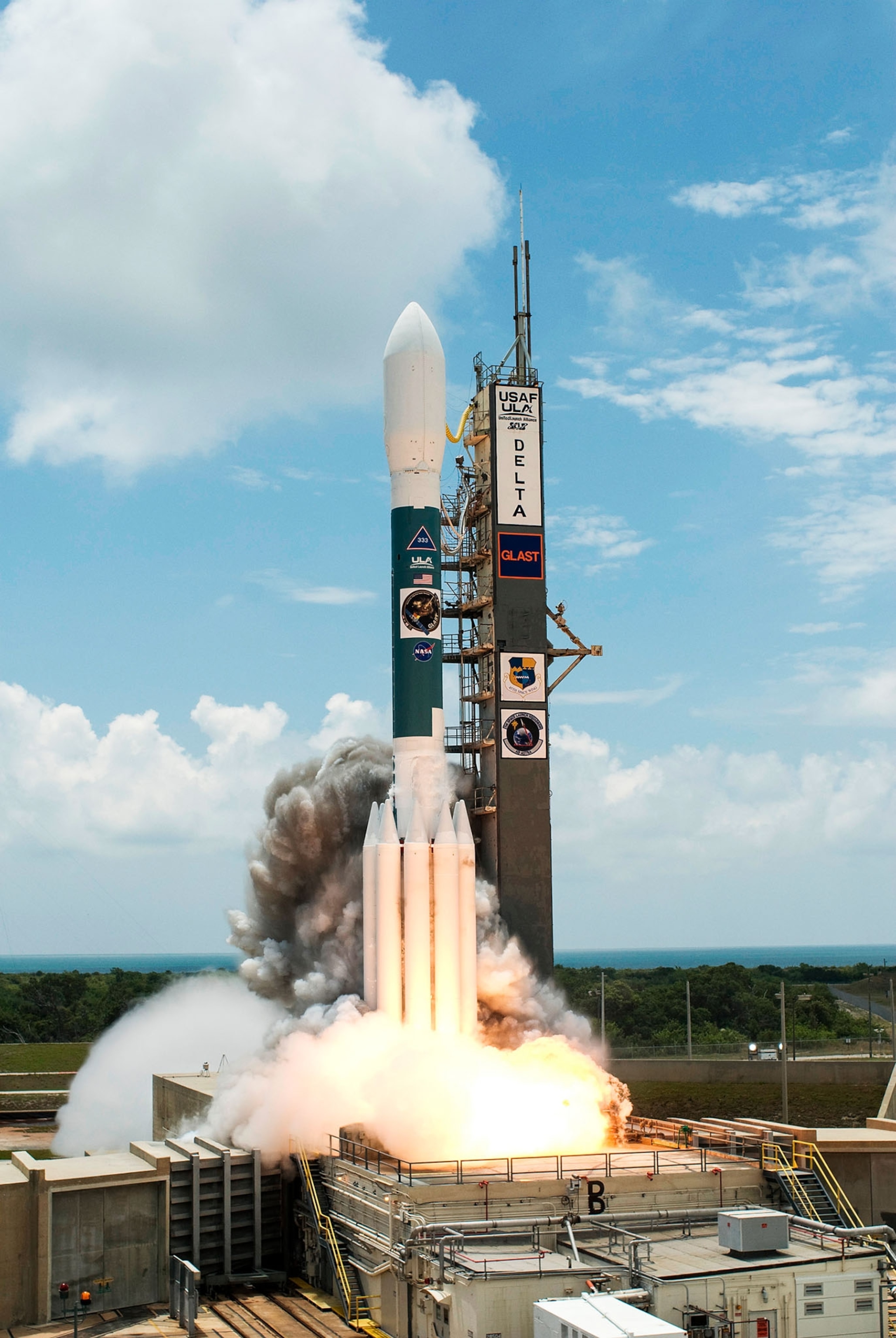
• Launch vehicle: United Launch Alliance Delta II rocket
• Agency: NASA
• Launch date: June 11, 2008
• Launch mass: 9,487 pounds (4,303 kg)
• Power source: 3,122-watt pair of solar arrays
• Orbit: 95 minutes around Earth
On that morning in August 2017, Fermi’s GBM sensed a brief but brilliant flash of gamma rays and alerted astronomers on Earth. Just 1.7 seconds before, the detectors known as LIGO and Virgo had felt gravitational waves’ near-imperceptible tug passing through. Fermi, LIGO, and Virgo alerted astronomers across the globe, who then put visible-light telescopes, x-ray satellites, and radio arrays to work. In concert, they confirmed the signals all came from the same event. After further analysis, researchers had a robust picture of what had happened: The gravitational ripples and the full spectrum of light came from a long-ago collision between two ultra-dense stellar leftovers called neutron stars. In finding that gamma-ray burst, Fermi had connected these gravity signals, a new type of messenger carrying information about celestial objects, to different types of light. If gravitational waves are a new window to the universe, Fermi provided the blueprints; it showed the context of how that window connects to what we know.
Starting its 10th year on duty, Fermi became “the premier space observatory for multi-messenger science,” says Fermi scientist Adam Goldstein. In fact, it’s become essential. There is no replacement on the schedule at NASA; only smaller, short-lived missions that will assume portions of Fermi’s watch as a crucial counterpart of the gravitational wave detectors on the ground.
Shortly after the 2017 discovery, Julie McEnery, then Fermi project scientist, said this: “What we’re really seeing is a whole new era for Fermi.” That era might last for years; Fermi runs on solar power, so as long as its panels continue collecting light and its positioning drives remain healthy, it will continue to reveal the gamma-ray sky.
This is what we should hope for, because no other telescope does what Fermi does. It bridges the divide between light (from the stars we’ve known since childhood) and gravitational waves, this new type of messenger. Fermi has shown us—shown me—so much about our sensational, enthralling, ever changing cosmos. It has changed how I see the universe.
Liz Kruesi is a freelance science journalist focusing on cosmology and astronomy, with a fondness for the high-energy universe.
This essay was adapted for the June 2021 issue of National Geographic magazine from nationalgeographic.com’s Dear Spacecraft series, in which we ask writers, scientists, and astronomy enthusiasts to share why they feel personally connected to robotic space explorers. Read the original story here.

